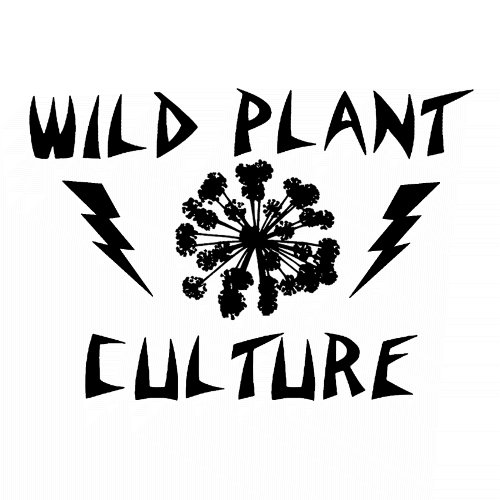First Taste of Tall Coneflower - With Bacon

Tall coneflower (Rudbeckia laciniata) is a big glorious wildflower, growing massive in the rich soils of floodplains large and small. It has the kind of charisma and power we rarely equate with "wildflower", thinking instead of dainty diminutives of forested dale and wold or of oldfield commoners like chicory and wild carrot.
Leafing through one of the Foxfire volumes this winter [i], I chanced across a mention of tall coneflower, prepared like poke or creasy greens. I knew this big productive beauty as a food source for wildlife; indeed, it is mobbed by finches who consume its sunflower-like seeds with dire tenacity as the summer wanes.
It was much to my surprise that I first encountered mention of its edibility. Subsequently hearing a few glowing words about Rudbeckia laciniata from Sam Thayer in an interview [ii] reminded me to try these novel greens as soon as the (long-awaited) spring arrived.
We have four huge Rudbeckias in our garden, and by the first week of April this year, fresh basal leaves had speared out of still-cold soil astride the remains of last years' stout stems.
Yesterday, and again this morning, I cut a modest handful of leaves and brought them in to the kitchen. They were short and strong-stemmed, deeply cut leaves, loosely evoking parsley and kale in shape and consistency. A nibble of raw leaves also brought parsley to mind, sharp in feeling and lightly pungent in taste.
To prepare the leaves, I first simmered them in water for a few short minutes, then put them into a skillet in which I had just fried bacon. I added some chopped field garlic (Allium vineale), a common weed nearly everywhere and a fine wild chive in our estimation) and set the foliage sizzling until the edges were crisp. The flavor of the finished dish was rich, salty, fatty, and alliaceous in equal measure, and was unqualifiedly delicious.
* * *
If we're serious about "eating locally", about reducing our reliance on long-distance foods, and are striving to reduce farm inputs, it makes sense to incorporate native plants that thrive in our climate and soils into our foodways: perennial crops which have sustained indigenous culture in the past and can do so again.
Rudbeckia laciniata, on first tasting, seems a strong candidate to join wild bergamot, wood nettle, wild leek, and others as a perennial green which integrates into both the wild foodweb and our own.

Basal leaves in mid-spring along the Black River

Foraged potherbs: Rudbeckia laciniata and Allium vineale

